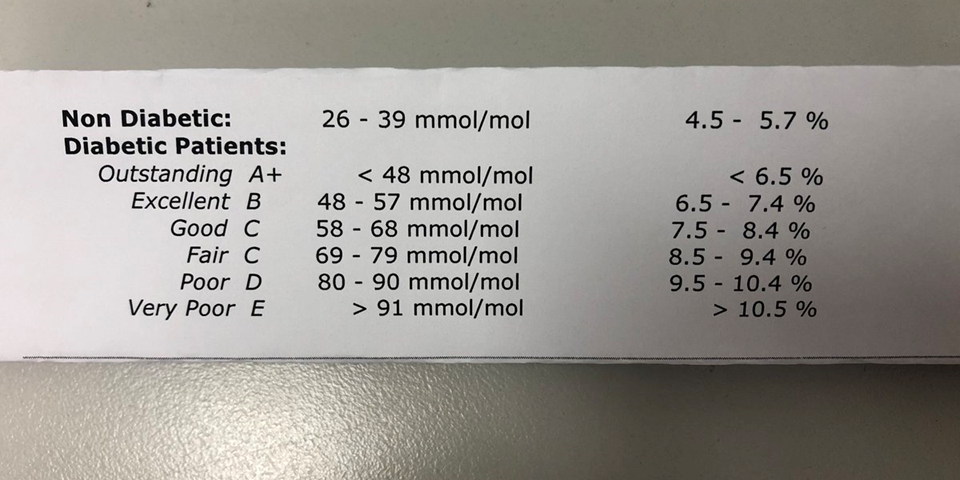
As we continue our series on Diabetes Technology and Solution-Focused Practice, this week we’re focused on conversations around interpreting blood glucose data obtained via monitoring with a blood glucose meter. (You can find a post a few weeks back on continuous glucose monitor (CGM) data discussions here.) While more and more people are using CGM to stay in touch with their glucose levels, monitoring via a blood glucose meter and fingerstick or alternate site blood sample, continues to be an important diabetes technology for many individuals.
Focus first on blood glucose in target, rather than the outliers
How was that accomplished? When evaluating blood glucose logs and patterns, a typical first response may be to focus on the glucose values out of range and try to identify what went wrong at those times. However, what if the first focus was on blood glucose in the target range, and what was going on to accomplish that?
If we only focus on times that are not working well, we miss identifying successes.
There are at least 42 identified factors that can impact blood glucose (while in reality there are likely even more if you include mental health and other daily issues).
Monitoring is helpful, for instance, to learn how a meal affects blood glucose. By “checking in pairs” pre and 1 ½-2 hours post meal when blood glucose is generally peaking, it’s easy to see and learn the impact of the type of food and portions eaten.There’s so much to learn!
Glucose numbers provide information
From our years in practice we’ve learned that people who live with diabetes have different perceptions around monitoring. For some, it can become an obsession – they need to know where their blood glucose is all the time. It can certainly be a mental burden. And others may not want to focus on their blood glucose. Knowing their number may create negative feelings, fear of judgement and guilt. So, they choose to not check their blood glucose to provide a sense of safety and self-preservation.
We know that glucose numbers are simply that……they are numbers, and numbers provide information. The goal of monitoring is to generate data to help people make choices and changes. Numbers are not good or bad and are certainly not a test score. You may have recently seen this image below on Twitter and/or the discussion around it. This is NOT a solution-focused approach!

When working with clients instead of focusing on what is not working well or what is “wrong”, here are 3 illustrations of how to apply a solution-focused twist to the conversation:
Try this: You’ve been working hard to fit in physical activity (…or fill in the blank). In looking at your blood glucose checks, what small steps can you take in the direction toward the goal of seeing more values in target?
Try this: You mentioned you’ve had a lot going on and a really stressful few weeks. Yet you were still able to check your blood glucose twice this past week. How did you manage to accomplish that?
Try this: I see that your A1C is in your target range. How did you manage to do that? (Instead of your A1C is outstanding, A+ as in the above image!)
We challenge you each week to try incorporating some flips or twists into your conversations and let us know what impact they have. Stop back by in 2 weeks to see what we write about next in this series of technologies that impact and influence diabetes care and education.
We welcome anyone interested in our approach to Subscribe to our blog and we’ll email you when a new post is published!
If you are a health care professional and interested in learning more about our solution-focused practice and approach, when you subscribe to our blog, we’ll send you in return a FREE resource of 10 Solution-Focused Questions to start a solution-focused discussion with your clients.
Follow us on Twitter and Instagram @AFreshPOVforYou
Deb is employed by Dexcom, but her words and opinions in this blog are her own.
Tami is employed by the University of Kentucky HealthCare Barnstable Brown DIabetes Center, but her words and opinions in this blog are her own.





